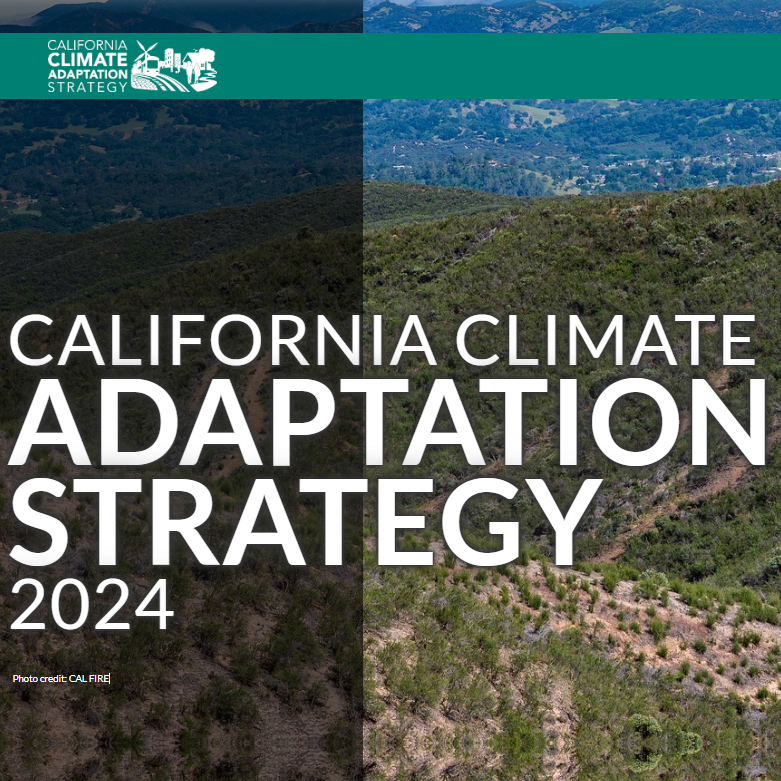U.S. EPA Issues Policy Guidance to Remove Barriers for Prescribed Fires
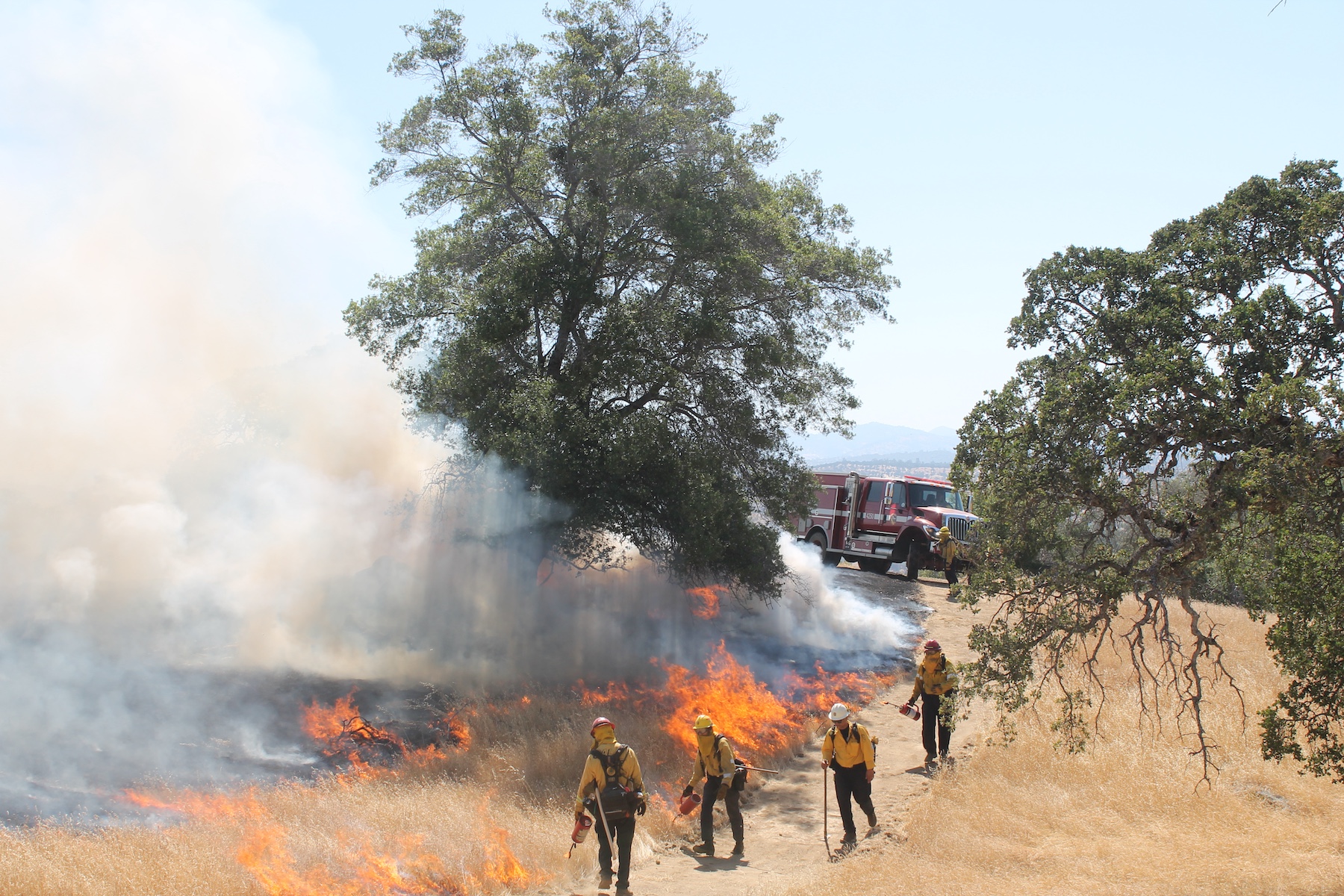
U.S. EPA Issues Policy Guidance to Remove Barriers for Prescribed Fires
October 16, 2025 – The U.S. Environmental Protection Agency (EPA) issued policy guidance directing regional offices to work with local, state, tribal, and federal partners to remove barriers in State Implementation Plans (SIPs) that discourage prescribed fires. Under the Clean Air Act (CAA) and EPA’s Exceptional Events Rule, prescribed fires are eligible to be treated as an exceptional event, meaning air quality data resulting from these strategic fires does not need to be taken into account when determining if an area meets National Ambient Air Quality Standards (NAAQS). Therefore, the EPA will not require inclusion of air quality regulatory provisions in SIPs that limit the strategic use of prescribed fires.
The memorandum directs EPA’s ten regional offices to engage with local, state, tribal, and federal partners to develop approaches consistent with the CAA that will not limit the use of wildland prescribed fires. EPA regional offices must also collaborate with state air agencies to evaluate provisions already incorporated into SIPs, and those proposed for inclusion into SIPs, to ensure they are consistent with the CAA and do not limit the strategic application of wildland prescribed fires. Finally, to enable more effective coordination and collaboration on smoke and air quality management, EPA regional offices will work to promote recordkeeping and smoke management practices associated with prescribed fire activities.
USDA California Climate Hub and Partners Release New Reforestation Planning Resources
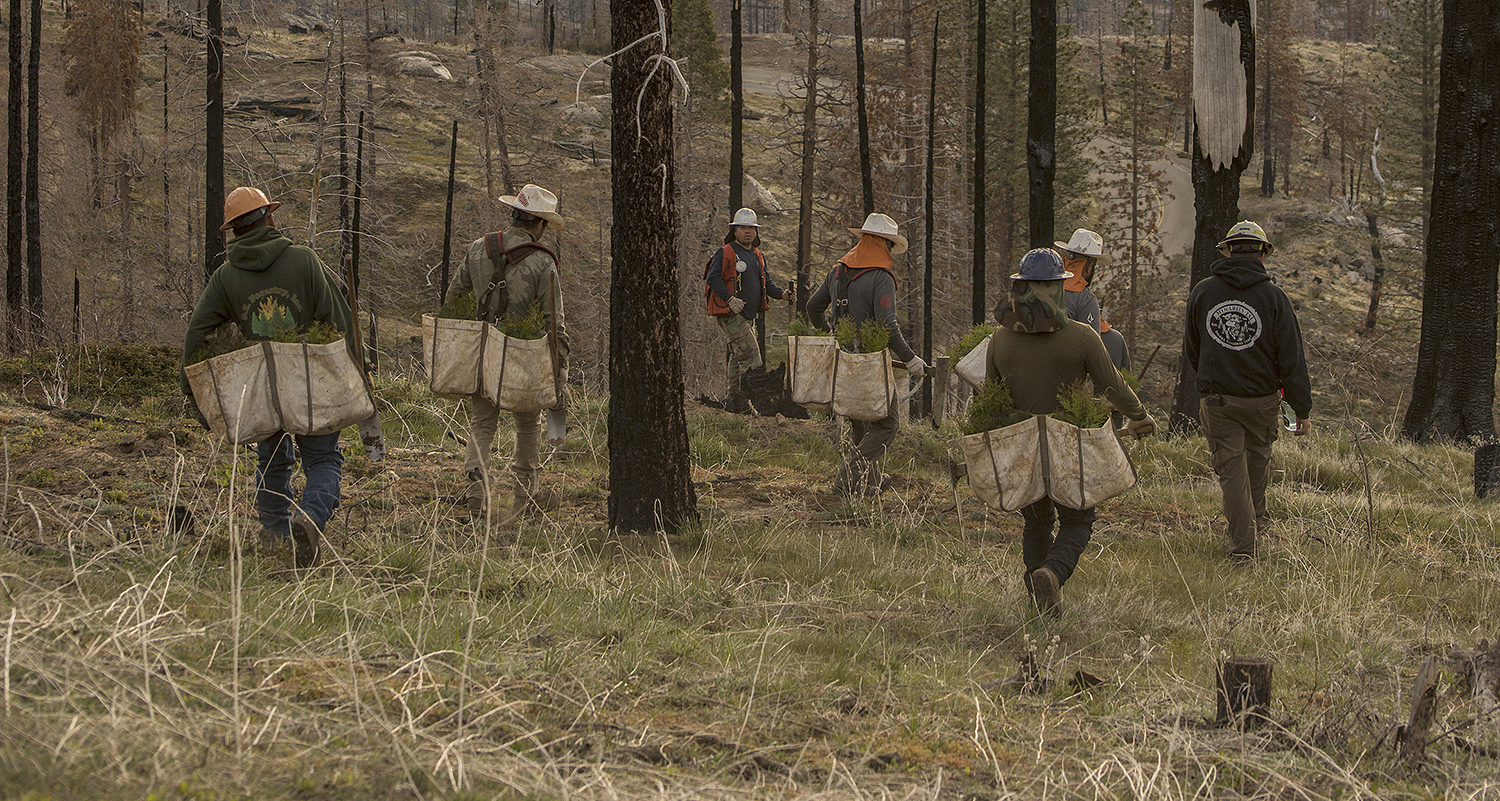
USDA California Climate Hub and Partners Release New Reforestation Planning Resources
September 30, 2025 – The recently launched California Reforestation Toolshed website consolidates a variety of reforestation resources into one location, improving access to essential reforestation guidance and science. The Toolshed was collaboratively developed by the USDA California Climate Hub, CAL FIRE, American Forests, the Southwest Climate Adaptation Science Center and University of California Agriculture and Natural Resources.
The Toolshed includes 12 new California Climate-Informed Reforestation Guidance booklets. These booklets provide regionally specific recommendations for site preparation, planting, and post-planting management actions that can help establish forests that are resilient to climate change and wildfires.
California Climate-Informed Reforestation Guidance Booklets:
U.S. Forest Service Invests Over $7 Million to Increase Timber Production and Reduce Wildfire Risk in California
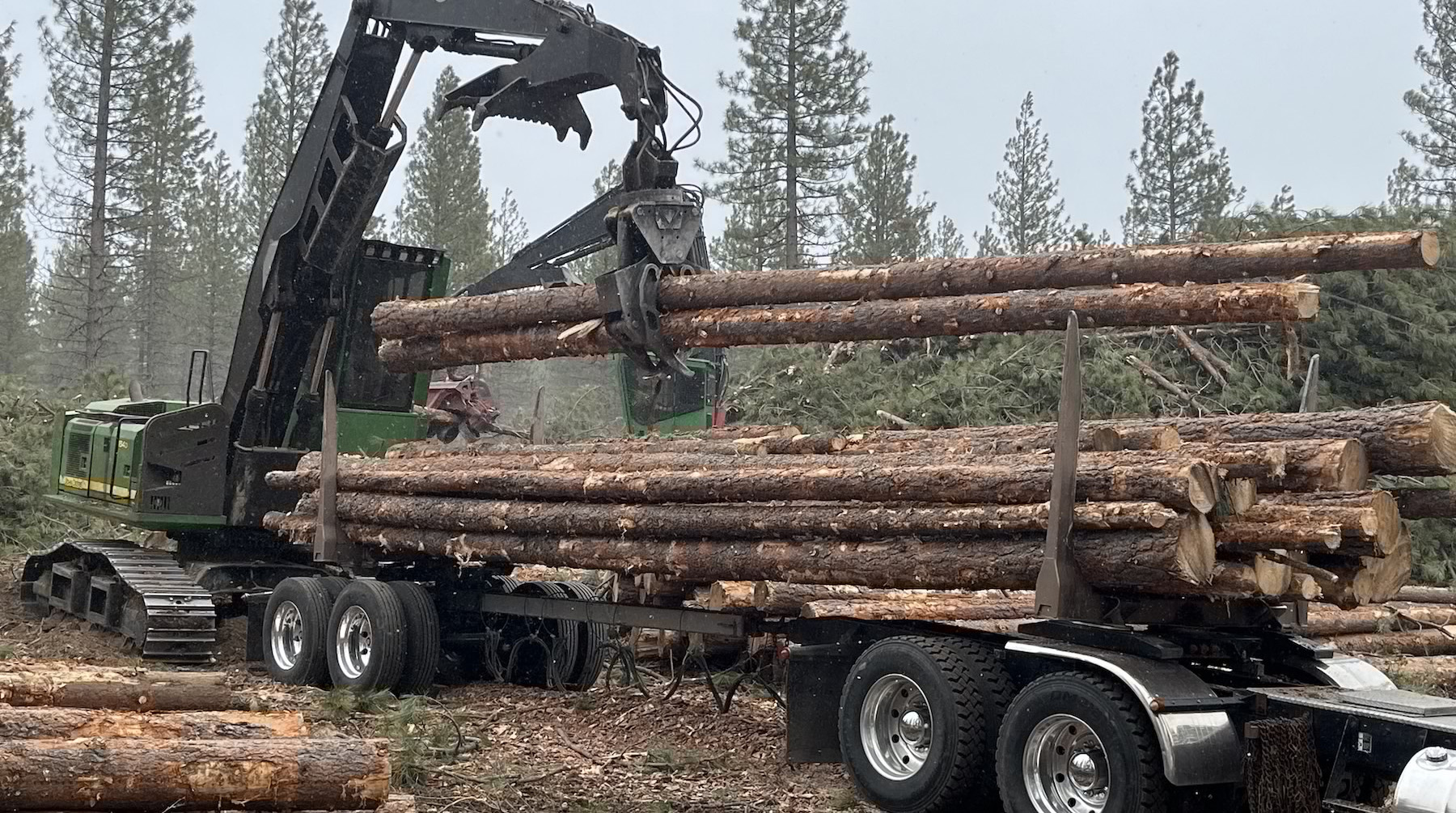
U.S. Forest Service Invests Over $7 Million to Increase Timber Production and Reduce Wildfire Risk in California
September 16, 2025 – The U.S. Forest Service announced it is investing $7.1 million for 18 projects in California. These projects are on or adjacent to 8 National Forests and will remove more than 275,000 tons of biomass that would otherwise remain in the forests. These investments into California are part of a national investment of $23 million to help 35 grant recipients remove and transport an estimated 1.1 million tons of low-value trees and woody debris from national forests to processing facilities.
The grants are delivered through the agency’s Hazardous Fuels Transportation Assistance Program, which is designed to help businesses, nonprofits, and state, local, and tribal governments make use of trees, downed vegetation, and other hazardous fuels that would otherwise go to waste or fuel catastrophic wildfires. The trees and woody debris, often too low in value to cover transportation costs, are transformed from a wildfire hazard to valuable products and a source of energy.
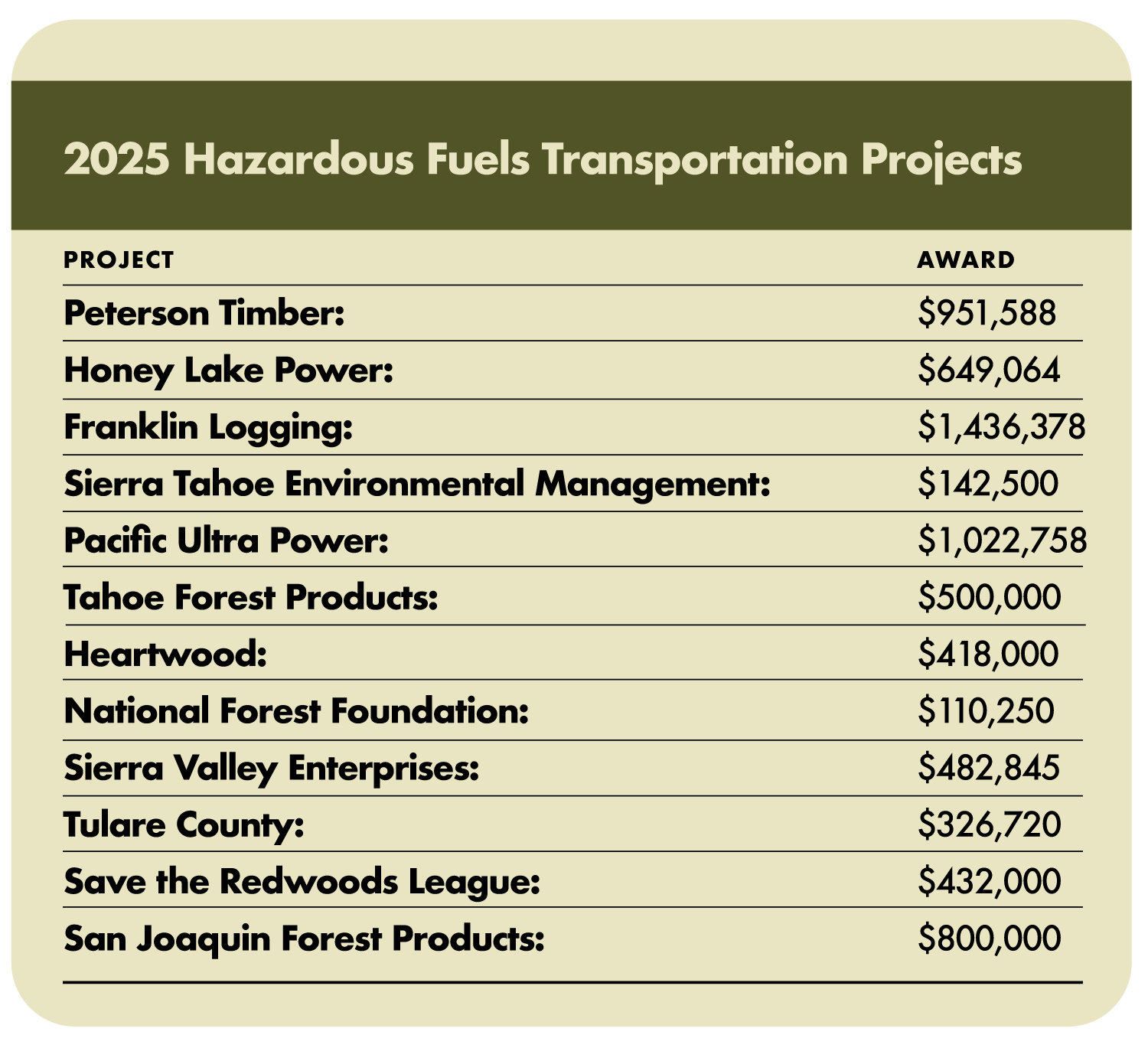
New Videos Demonstrate How Collaborative Fuels Treatments Protected Communities from 2024 Wildfires
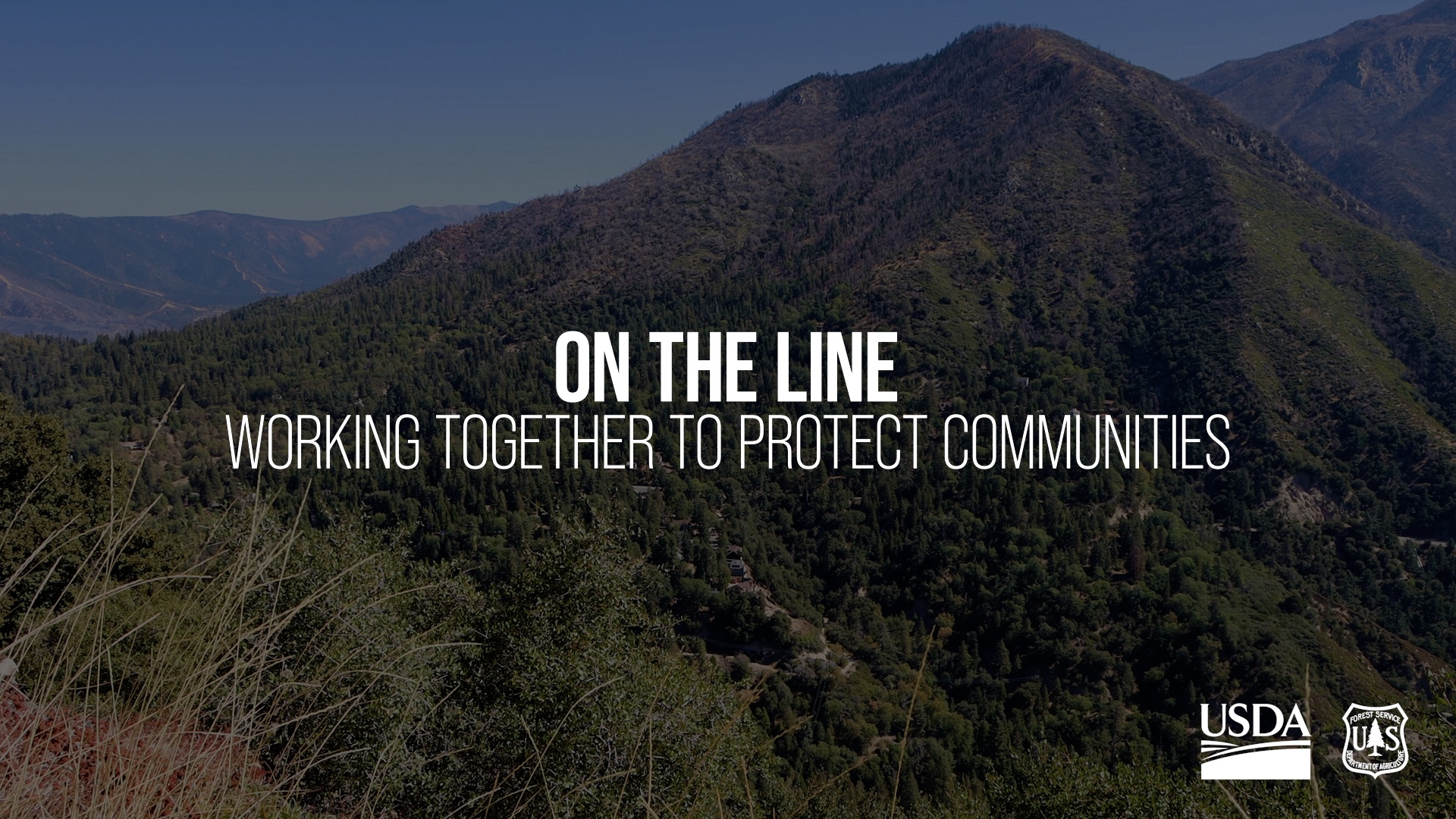
New Videos Demonstrate How Collaborative Fuels Treatments Protected Communities from 2024 Wildfires
September 4, 2025 – One year ago, the Line Fire on the San Bernardino National Forest threatened homes, infrastructure, and lives. At the same time, wildfires on the Angeles and Cleveland National Forests, the Bridge and Airport Fires, burned nearby, posing similar threats. Thanks to advanced planning and proactive forest management across Southern California forests, fire crews were able to hold the line and protect nearby communities. The Task Force showcased these videos at its recent Inland Empire Regional Meeting in addition to featuring panels with staff that were critical to implementing these proactive life-saving projects.
Governor Newsom Unveils California’s Updated Climate Adaptation Strategy
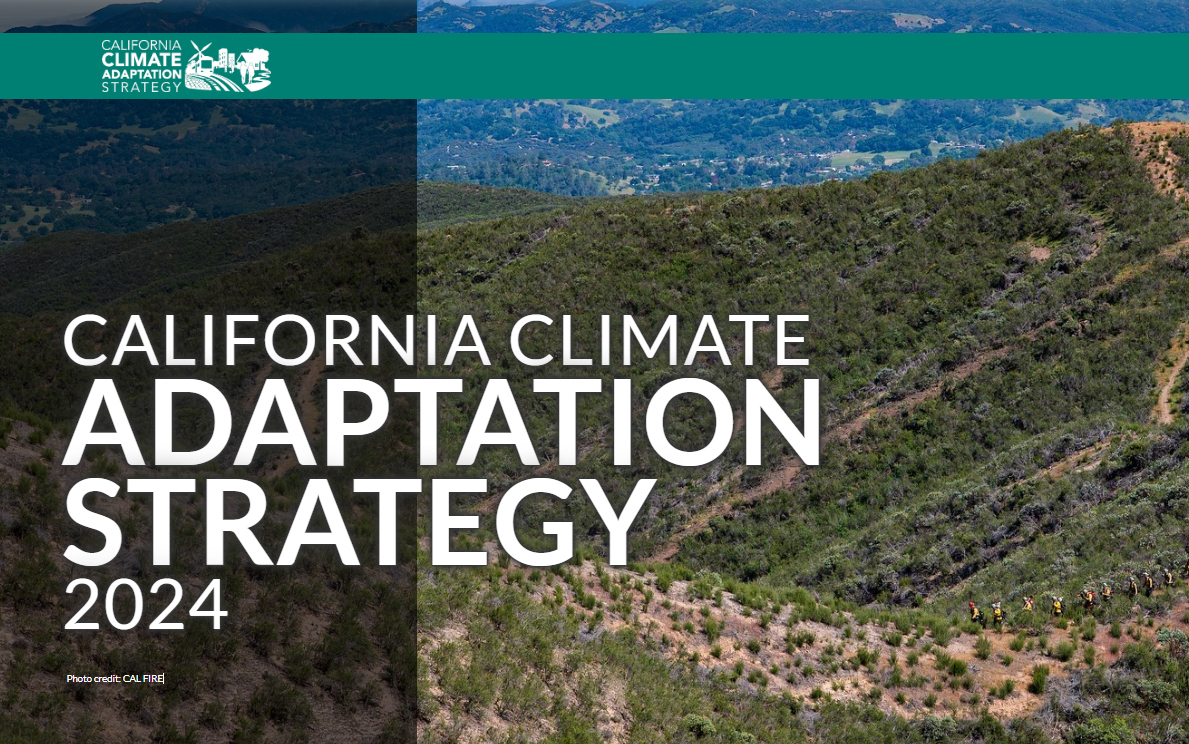
Governor Newsom Unveils California’s Updated Climate Adaptation Strategy
September 4, 2025 – Governor Newsom unveiled California’s updated Climate Adaptation Strategy — the state’s overarching framework to better protect communities and nature from dangerous climate impacts. California last updated the Strategy in 2021. The updated strategy sets strategic direction through six priorities:
- Protecting communities most vulnerable to climate change
- Improving public health and safety to protect against increasing climate risk
- Building a climate-resilient economy
- Expanding nature-based climate solutions and strengthening the resilience of natural systems
- Making decisions based on best available climate science
- Partnering and collaborating to leverage resources
These priorities are supported by cross-cutting climate resilience actions, each with associated success metrics. The strategy aligns with and builds on the goals set forth by California’s Wildfire and Forest Resilience Action Plan and includes the following actions specific to wildfire resilience:
- Prioritize actions that reduce wildfire risks to California Native American tribes and climate vulnerable communities.
- Support wildfire-prone communities by increasing the capacity of local and regional partnerships to build and maintain a pipeline of forest health and fire prevention projects.
- Invest Community Development Block Grant Disaster Recovery funds in long-term disaster recovery and resilience building that targets the unmet housing recovery needs of low and moderate-income households in a way that mitigates disaster risk and reduces future losses among vulnerable communities.
- Reduce health impacts of wildfire and prescribed fire smoke.
- Reduce the risk of energy infrastructure-related ignitions that lead to catastrophic wildfire.
- Bring to scale a thriving forest and wood products market in California that leverages public investments by energizing private capital for sustainable forest management, regional economic recovery, and climate resilience.
- Increase the pace and scale of wildfire resilience and forest health projects.
- Reduce risks of wildfire through increased use of fuel breaks and fuels reduction.
- Assist the federal government in scaling up forest treatments by supporting collaborative forest management and encouraging landscape level planning.
- Coordinate and guide prescribed fire and cultural fire activities and address the key barriers to its widespread use in California.
- Expedite permitting processes for wildfire and forest resilience projects using exemptions or the California Vegetation Treatment program.
- Invest in science-based management focused on climate resilience of California’s fire adapted landscapes.
- Improve wildfire smoke guidance for schools, children, and other vulnerable populations. Develop outreach materials for health care providers and the public on wildfire smoke health effects and ways to decrease exposure.
- Collaborate with federal, state, tribal, and private partners to increase pace and scale of restoration of fire-adapted lands and maximize the climate resilience benefits of these treatments.
- Leverage federal funding to support fire-hardening roads and communities.
California Joins Northwest Wildland Fire Fighting Compact

California Joins Northwest Wildland Fire Fighting Compact
September 5, 2025 – California along with Nevada became the newest members of the Northwest Wildland Fire Protection Agreement. Joining the Northwest Compact will give California access to additional wildfire prevention and firefighting resources and expertise during major incidents. The Compact also will facilitate California’s firefighters gaining experience with fire suppression efforts in other member regions. The Northwest Compact was created in 1998 and is one of eight forest firefighting Compacts currently operating across North America. The purpose of the NW Compact is to promote effective prevention, suppression, and control of forest fires in the Northwest wildland region of the United States and western areas of Canada. It provides an efficient way for member states, provinces, and territories to cope with wildland fires that might be beyond the capabilities of a single member agency, through information sharing, technology, and resource distribution. The NW Compact’s existing members include Alaska, Arizona, Idaho, Washington, Oregon, Montana and Hawaii in the U.S., as well as the Canadian provinces Alberta, Saskatchewan, British Columbia, and the Yukon and Northwest territories.
California Extends Timeline for Some On-the-ground Fuel Reduction Work Eligible for Streamlining
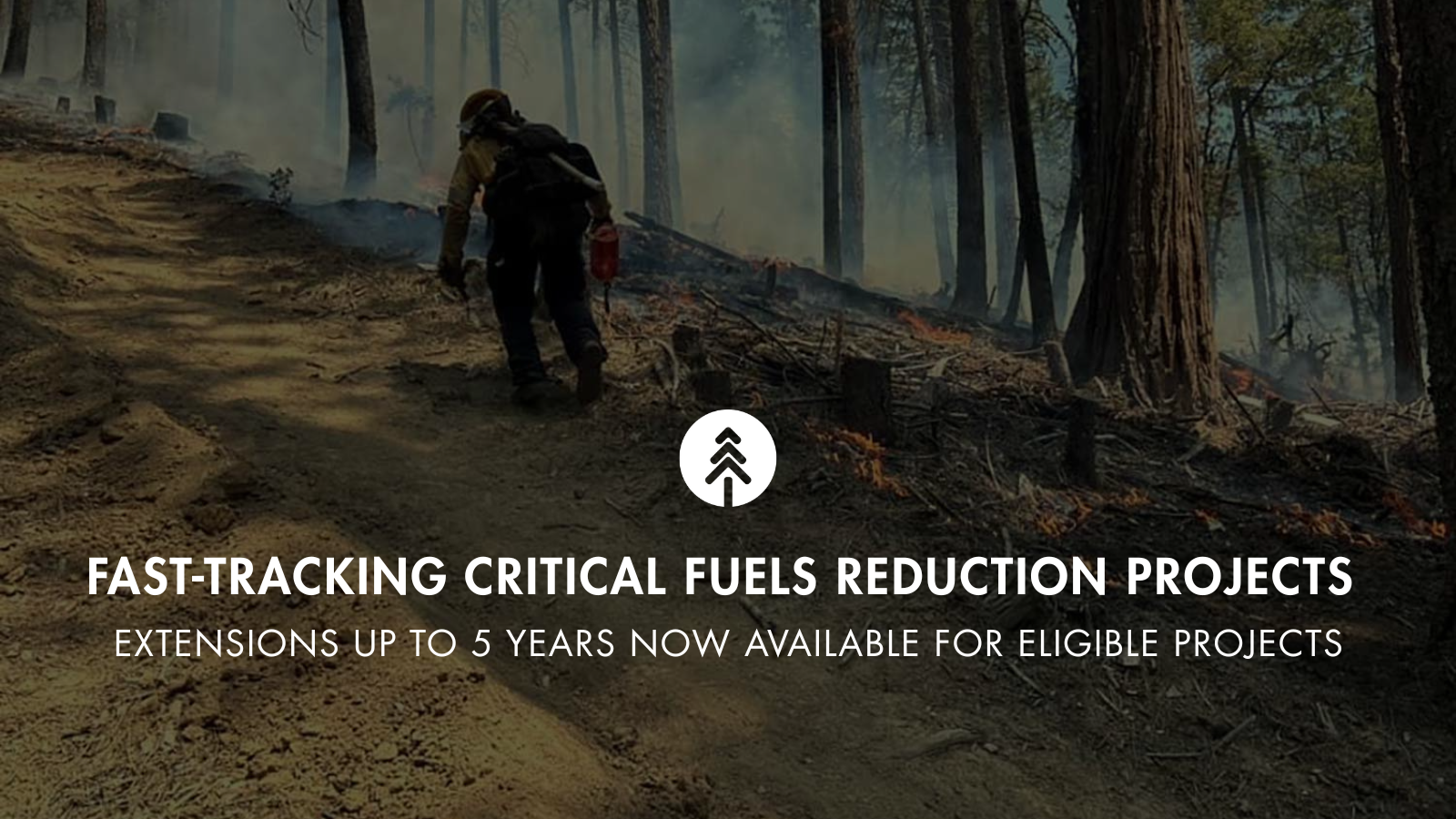
California Extends Timeline for Some On-the-ground Fuel Reduction Work Eligible for Streamlining
Following Governor Newsom’s Emergency Proclamation on wildfire, the California Natural Resources Agency (CNRA) and the California Environmental Protection Agency (CalEPA) have approved over 100 critical fuels reduction projects spanning tens of thousands of acres across the state, moving at record pace while also ensuring environmental protections are being upheld.
Recognizing that reducing wildfire risk to landscapes and communities may require multiple stages of treatments, California recently extended regulatory suspensions to allow qualifying long-term fuels reduction projects up to five years from commencement to complete on-the-ground work. Typically, projects must be completed within two years of initiating work on-the-ground. However, extensions may be allowed for up to five years from the commencement of on-the-ground work for fuels reduction projects that have been awarded funding from the following state grant programs:
- CAL FIRE Wildfire Prevention Grants
- CAL FIRE Forest Health Grants
- California Forest Improvement Program within the Coastal Zone (projects must have fuels reduction as a key objective)
- Climate Bond early action funding (Prop 4)
- Other programs funded through Wildfire Resilience Packages since 2020-2021
Projects that receive extensions must submit progress reports that are required under their grant agreements to the suspension review teams at CNRA and CalEPA. Additionally, state agencies within CNRA (e.g. CAL FIRE, State Parks, CDFW, State Lands Commission, State Conservancies) are eligible to apply for extensions of up to five years from the commencement of on-the-ground work for projects that they lead and directly implement.
For eligibility criteria, requirements for environmental protections, FAQs, support resources for project assistance, a map of approved projects, and the application link, visit the Task Force webpage. The deadline to submit suspension requests for projects is December 31, 2025.
CAL FIRE Awards Nearly $10 Million to Support Tribal Wildfire Resilience and Boost Forestry Workforce
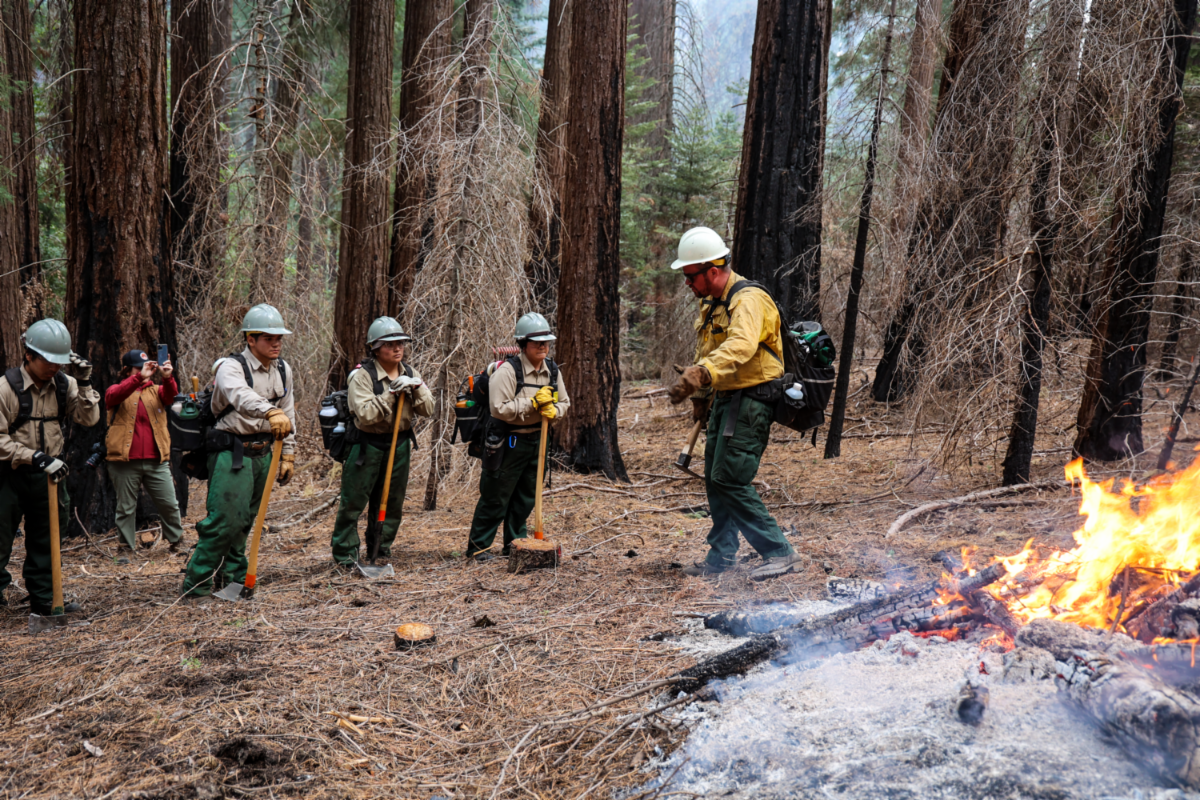
CAL FIRE Awards Nearly $10 Million to Support Tribal Wildfire Resilience and Boost Forestry Workforce
August 1, 2025 – CAL FIRE awarded nearly $4.7 million through its Tribal Wildfire Resilience Program to support six tribes and tribal non-profits in implementing projects on tribal, federal, and private lands. These grants focus on cultural fire, workforce training, fuels reduction, reforestation, land stewardship, and other efforts that promote wildfire resilience and safety for tribal communities. The funding also supports the use and promotion of Traditional Ecological Knowledge to help California Native American tribes manage their ancestral lands.
August 18, 2025 – CAL FIRE announced $5 million in grant funding through its Business and Workforce Development Grant program to eight projects that will create jobs, train future forestry workers, and help small businesses expand their role in protecting California’s forests and communities from wildfire. Together, these eight projects will train more than 300 people, create or retain dozens of jobs, and increase the capacity to treat thousands of acres per year.
Six Months After the LA Fires, California Continues Unprecedented Recovery Campaign
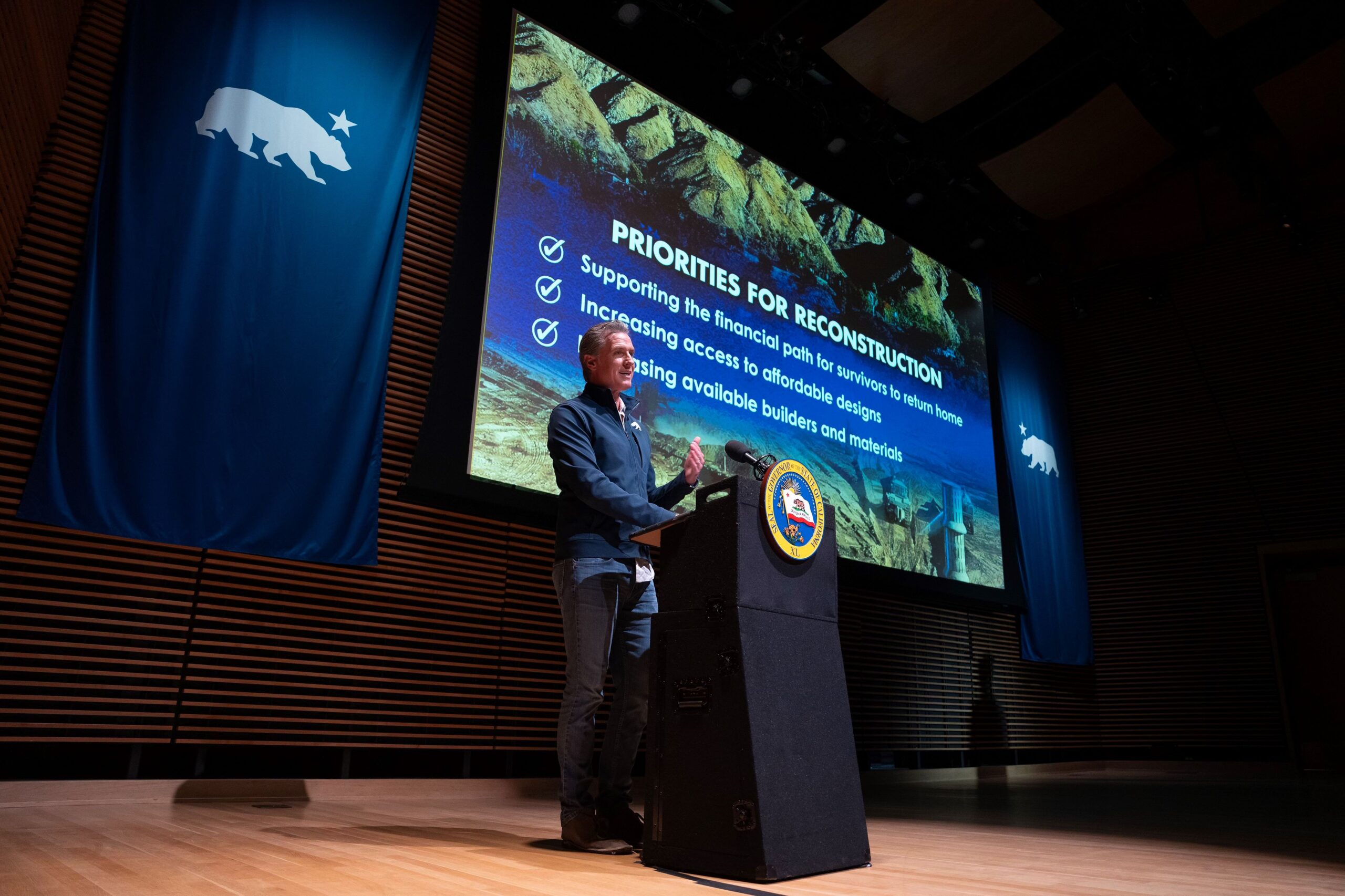
Six Months After the LA Fires, California Continues Unprecedented Recovery Campaign
July 7, 2025 – On the six month anniversary of the Eaton and Palisades fires, Governor Newsom announced the substantial completion of the public debris removal program from more than 10,000 fire damaged parcels. The near-completion of the public debris removal program comes months ahead of schedule. The LA Fires cleanup is the second largest in state history after the Camp Fire and was jointly managed by the Governor’s Office of Emergency Services (Cal OES) and United States Army Corps of Engineers, in partnership with Federal Emergency Management Agency (FEMA), as well Los Angeles County and City of Los Angeles. Of the 12,048 total properties destroyed in the twin fires, 9,873 opted to participate in the cost-free public cleanup program.
Following cleanup, the Governor signed Executive Order N-29-25 to accelerate rebuilding homes and schools impacted by the fires by suspending local permitting laws and building codes. To further spur rebuilding the Governor and the California Department of Housing and Community Development announced the release of $101 million to help rapidly rebuild critically needed, affordable multifamily rental housing in the fire-devastated LA region.
CAL FIRE Releases Vegetation Burn Severity Online Viewer
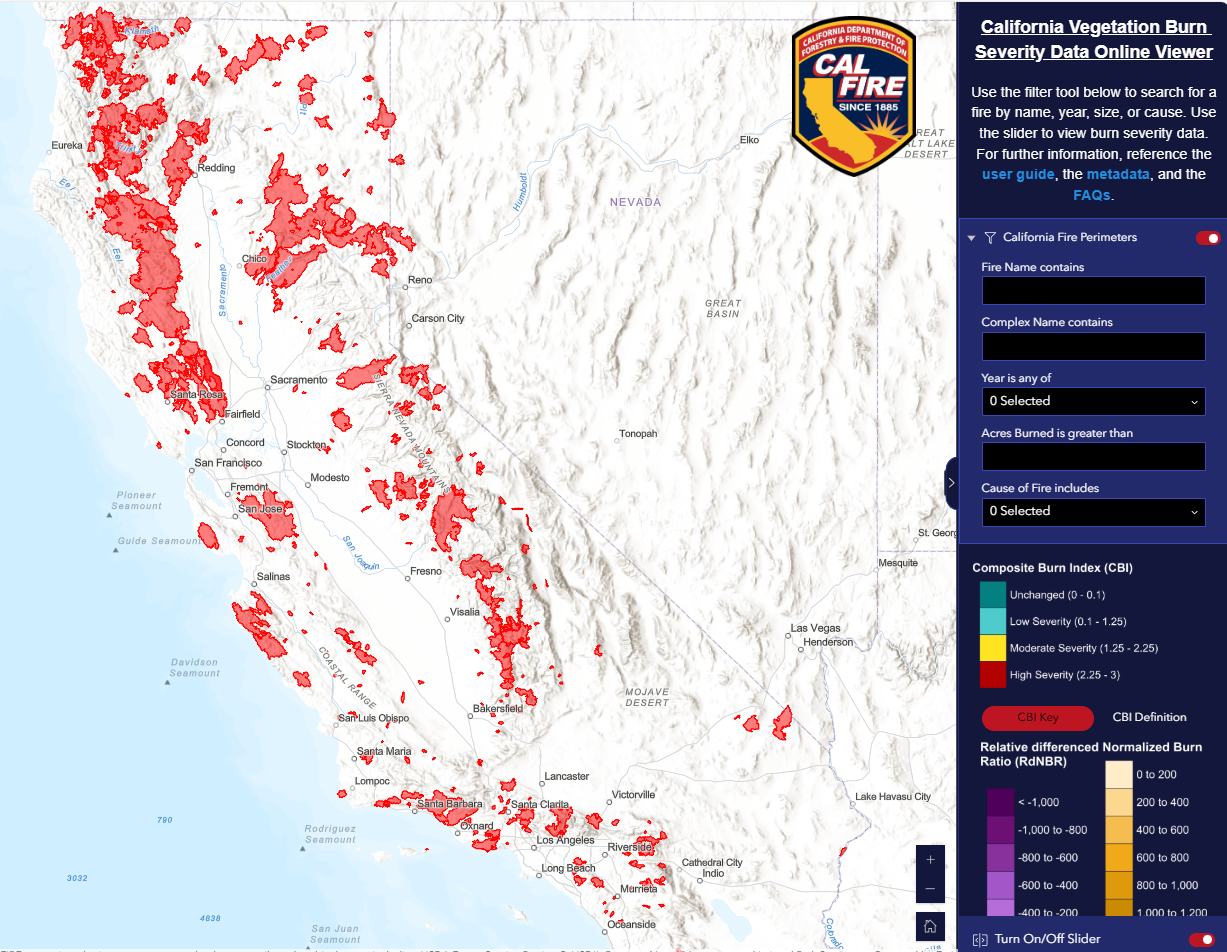
CAL FIRE Releases Vegetation Burn Severity Online Viewer
July 15, 2025 – CAL FIRE’s Fire and Resource Assessment Program (FRAP) released the California Vegetation Burn Severity Online Viewer, a public geospatial tool that displays burn severity data for wildfires across all land ownerships that burned at least 1,000 acres in California from 2015 to 2023. In accordance with Senate Bill 1101, FRAP developed this viewer to enhance public understanding of post-fire conditions and ecological impacts. It offers insight into the severity of impacts to vegetation across both forested and non-forested landscapes. The viewer will support post-fire recovery planning, inform habitat management and conservation efforts, enhance safety through insights for fire suppression planning, and improve preparedness by helping prescribed fire practitioners plan treatments based on past burn severity and fuel changes. Users can view fire perimeters, severity maps, and proportional area statistics for each fire. The viewer will be updated annually to include new fires under 1,000 acres.

